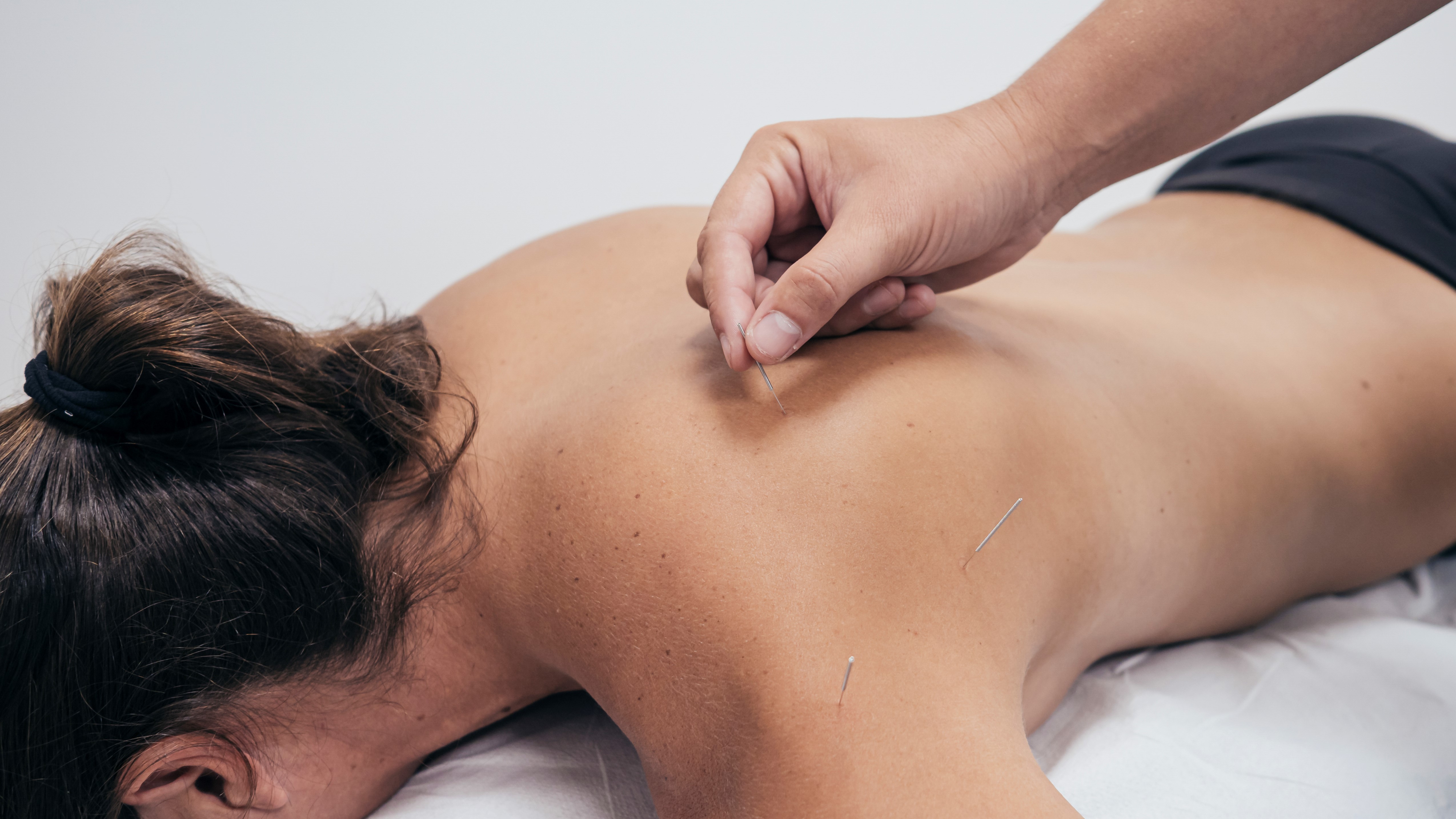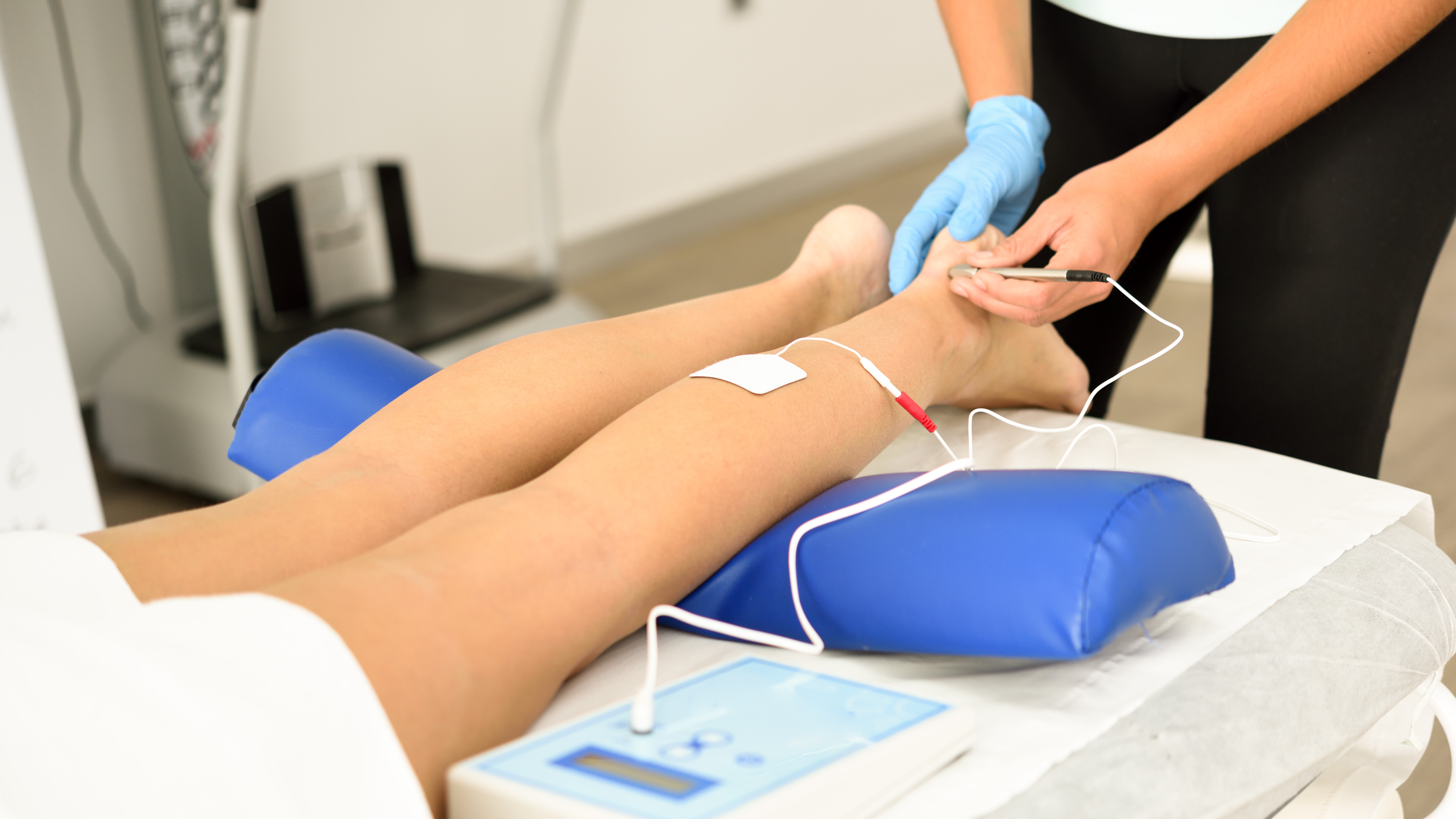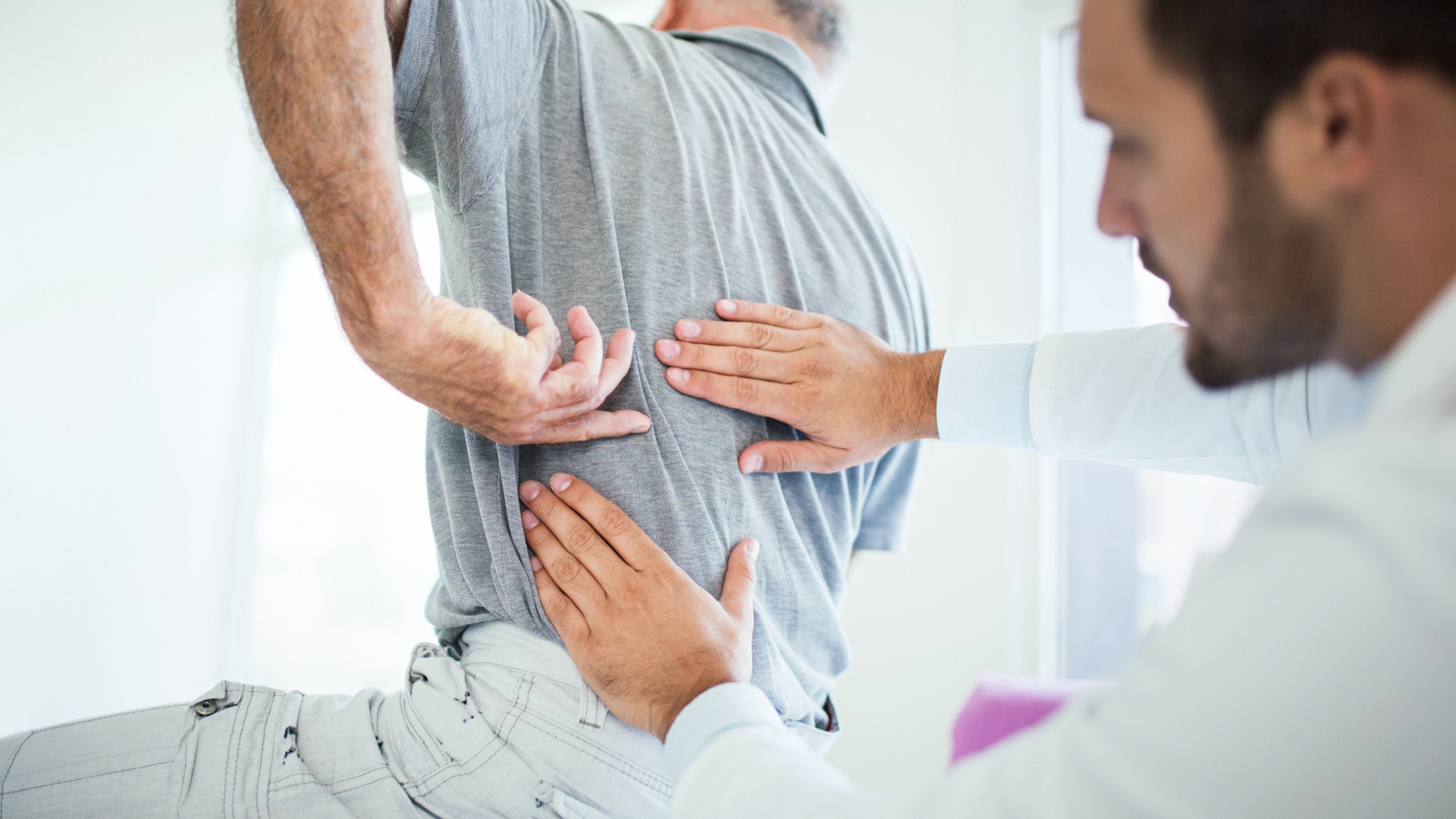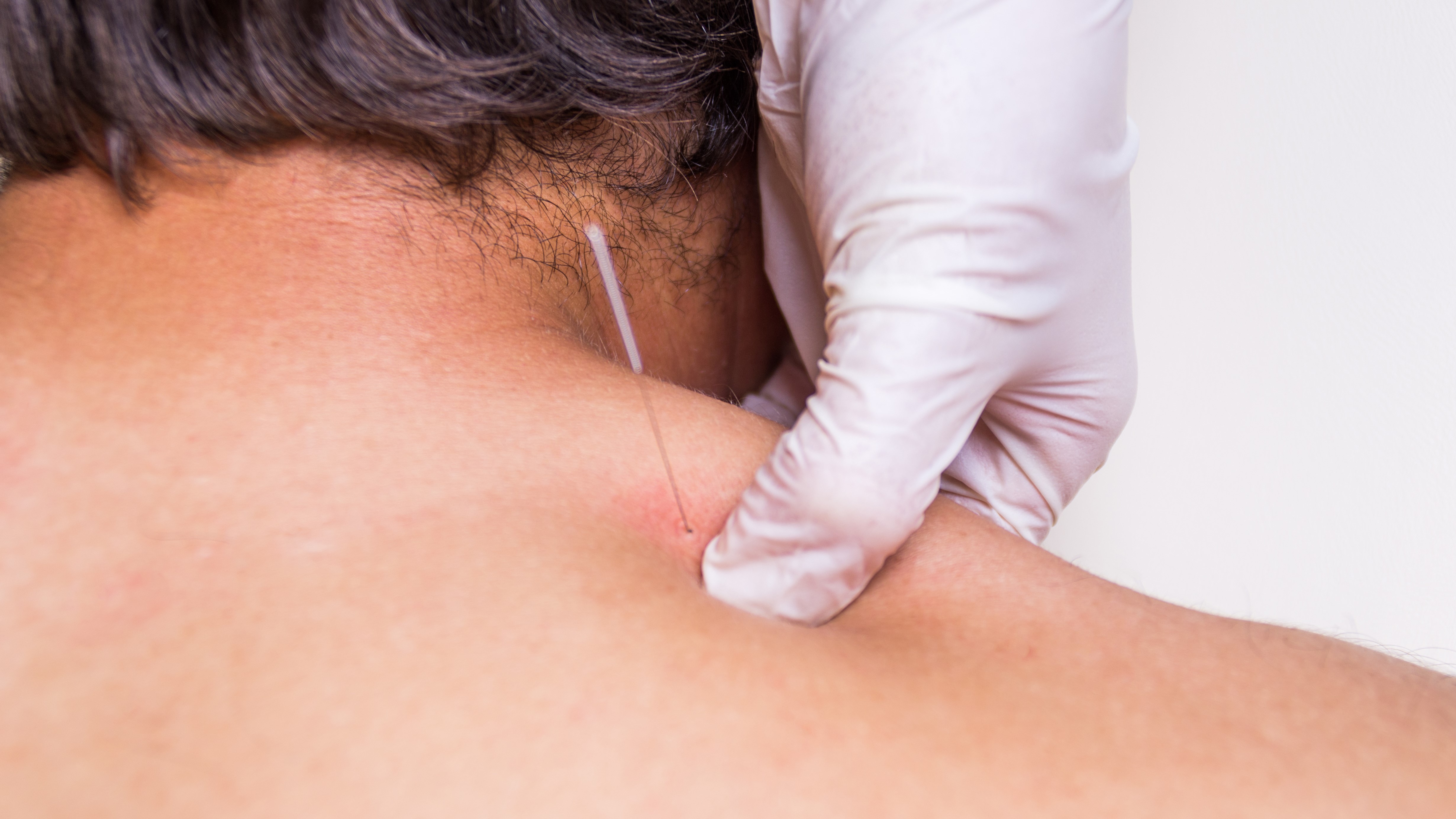What is dry needling?
Learn all about this modern treatment for pain and mobility issues, how it works, and whether it’s for you

If you put in a lot of miles in your trail running shoes or hiking boots, ski hard all winter or send dyno moves at the crag, there’s a good chance that you’re no stranger to aches and pains and oftentimes, such annoyances are just that – niggles that go away on their own. Sometimes, however, when left unattended to, minor pain can grow into a much larger problem, where your brain and nervous system learn to bypass a muscle or muscle group entirely to avoid discomfort.
In all sorts of small ways, most of us are probably doing a little bit of this most of the time, but when it turns into major dysfunction, you might need an intervention. My most prominent example of this took place following my first knee surgery after I tore my ACL skiing. I was on crutches for six weeks following the surgery, then experienced a lot of complications. A year later, my brain seemed to have completely forgotten that my left glutes existed, no matter how many clamshells and resistance band workouts I did, so my physical therapist decided to pull out the big guns: dry needling.
Dry needling has been in use since the late 1970s and has picked up steam in recent years as a treatment for pain and mobility issues. Though it’s often mistakenly assumed to be similar to acupuncture (and even considered a form of acupuncture by the California medical board), it is actually an entirely separate, Western technique based on modern research. If you’ve been experiencing issues with muscular pain or dysfunction and haven’t had any luck with treatments such as sports massage, your physical therapist may suggest dry needling. But what is dry needling, exactly, and does it really work?

What is dry needling?
Dry needling is a technique performed by health professionals such as physical therapists, chiropractors and sports medicine doctors where a fine needle is inserted into your muscles and surrounding fascia to increase blood flow, reduce pain and normalize electrical activity and movement according to a 2017 article in Science Direct. It’s called dry needling to distinguish it from wet needling, where a substance such as cortisone is injected through the needle.
While it’s true that the needle used in dry needling is an acupuncture needle, the similarities between the two end there; acupuncture is an eastern practice grounded in Traditional Chinese Medicine that focuses on energy lines called meridians, whereas dry needling targets so-called myofascial trigger points in the muscle which can give rise to give referred pain, motor dysfunction and neuropathy.
These myofascial trigger points were first studied by Czech neurologist Karel Lewit in 1979, who observed that in over 86 percent of his subjects, immediate pain relief was experienced after a needle was inserted into the most tender spots in the muscle. From there, dry needling has become more and more widespread.
If your PT has recommended dry needling for you, you can expect one or several needles to be inserted through your skin and into the muscle that’s giving you problems (wear loose clothing for your visit so they have easy access!). From there, they might gently tap or move the needle around a little and in response, your muscle will start twitching, which is a good sign. If your muscles fail to respond and your therapist is trained in dry needling with electrical stimulation, they might then pass an electric current through the needles into your muscle which will likely induce a spasm effect.
Advnture Newsletter
All the latest inspiration, tips and guides to help you plan your next Advnture!

How painful is dry needling?
I’ll start by saying that pain is very subjective, but in my own experience the needles are so fine that the insertion is barely noticeable and you might not even feel it (it’s not at all like receiving a vaccination, for example). Once your therapist starts tapping or moving the needle, you might experience a little momentary pain, while the electrical stimulation can invoke a sort of nervy discomfort, but nothing I would describe as pain. Fortunately, dry needling treatment is usually over very quickly, within just a couple of minutes, and any discomfort you experience is likely to be minimal compared to the condition that got you on the PT’s table in the first place.
Does dry needling really work?
Probably like all forms of complementary alternative medicine – acupuncture, cupping, graston technique, kinesio taping – dry needling works for some folks and conditions but may not work for others. Obviously Dr Lewit’s findings are compelling, and my own experience was that it seemed to be effective in getting my brain to remember the existence of my glutes. But a wider 2017 review found that while dry needling may be effective in reducing pain compared to no treatment, sham treatments and other pain reduction treatments, no difference in functional outcomes occurs compared to other physical therapy treatments.
So, you might be able to secure the same outcomes with a less invasive treatment, such as sports massage, but if you’ve tried that to no avail and your therapist suggests dry needling, it might provide the extra impulse that your muscles need. It might also get you there quicker, but as always, you’d want to be sure you trust your practitioner and that they hold the correct qualifications to perform dry needling.

Are there any negative side effects of dry needling?
Dry needling is generally considered to be safe, but since a needle is being inserted into your skin, it’s always possible you’ll feel a little pain or see some bruising the next day. Because the skin is being pierced, there’s always a risk of infection occurring so it’s vital to make sure your practitioner is properly qualified and cleans the site first with an alcohol swab.
Julia Clarke is a staff writer for Advnture.com and the author of the book Restorative Yoga for Beginners. She loves to explore mountains on foot, bike, skis and belay and then recover on the the yoga mat. Julia graduated with a degree in journalism in 2004 and spent eight years working as a radio presenter in Kansas City, Vermont, Boston and New York City before discovering the joys of the Rocky Mountains. She then detoured west to Colorado and enjoyed 11 years teaching yoga in Vail before returning to her hometown of Glasgow, Scotland in 2020 to focus on family and writing.

